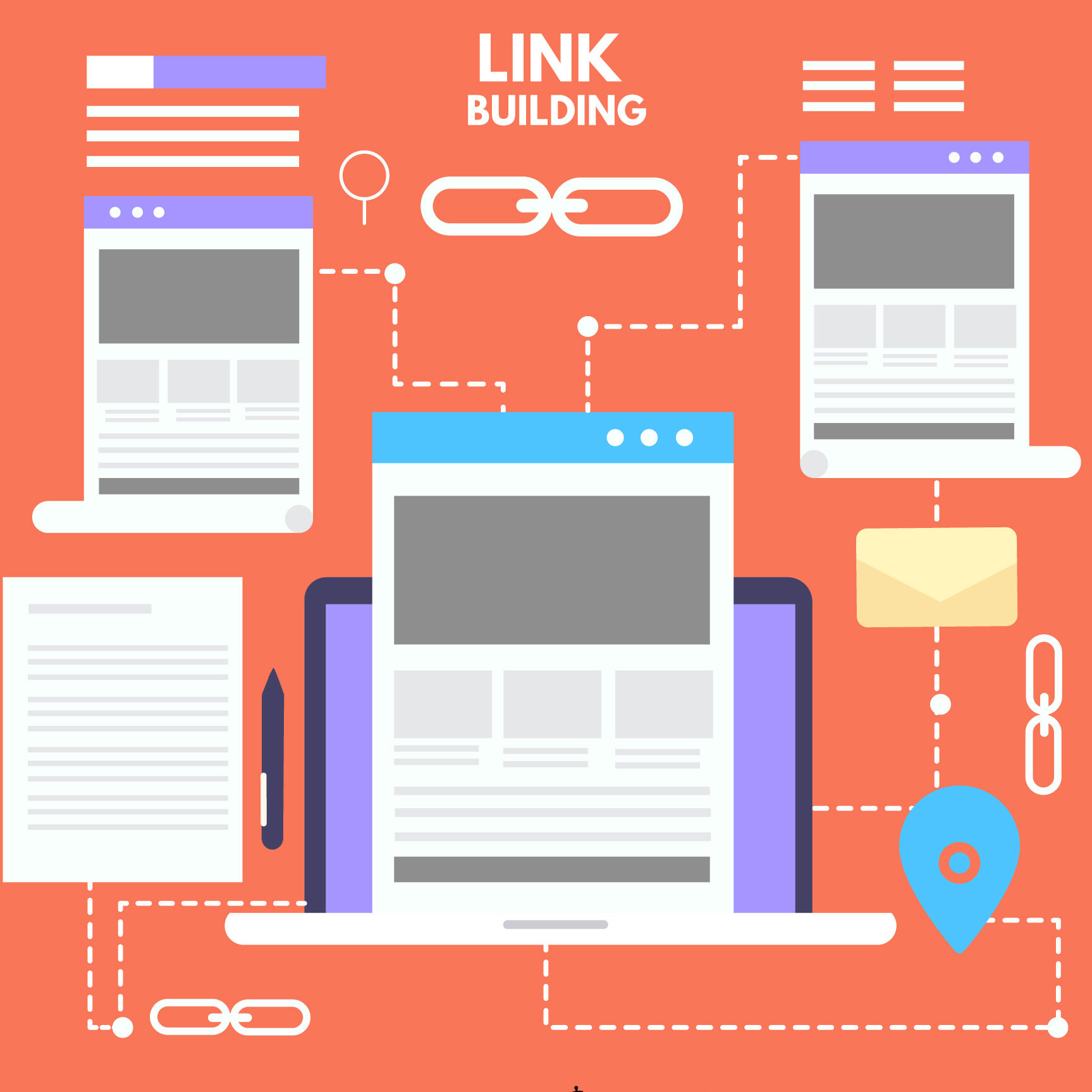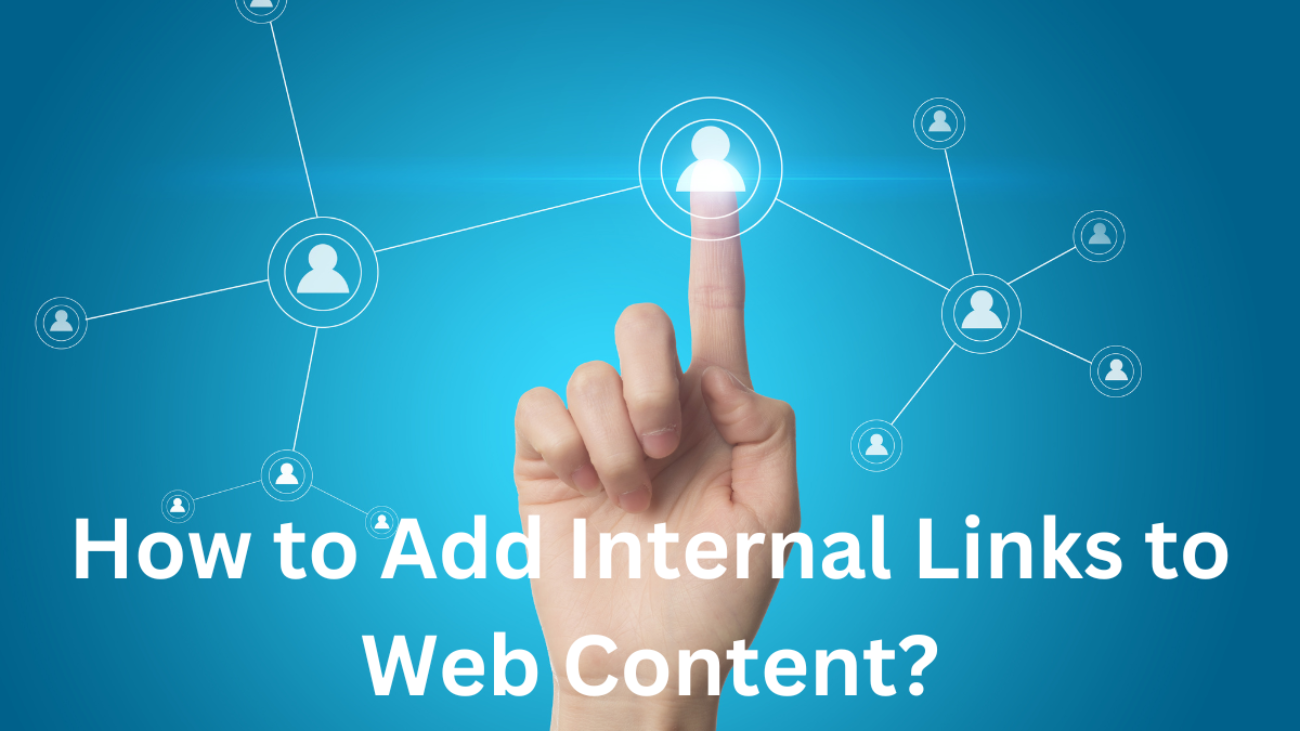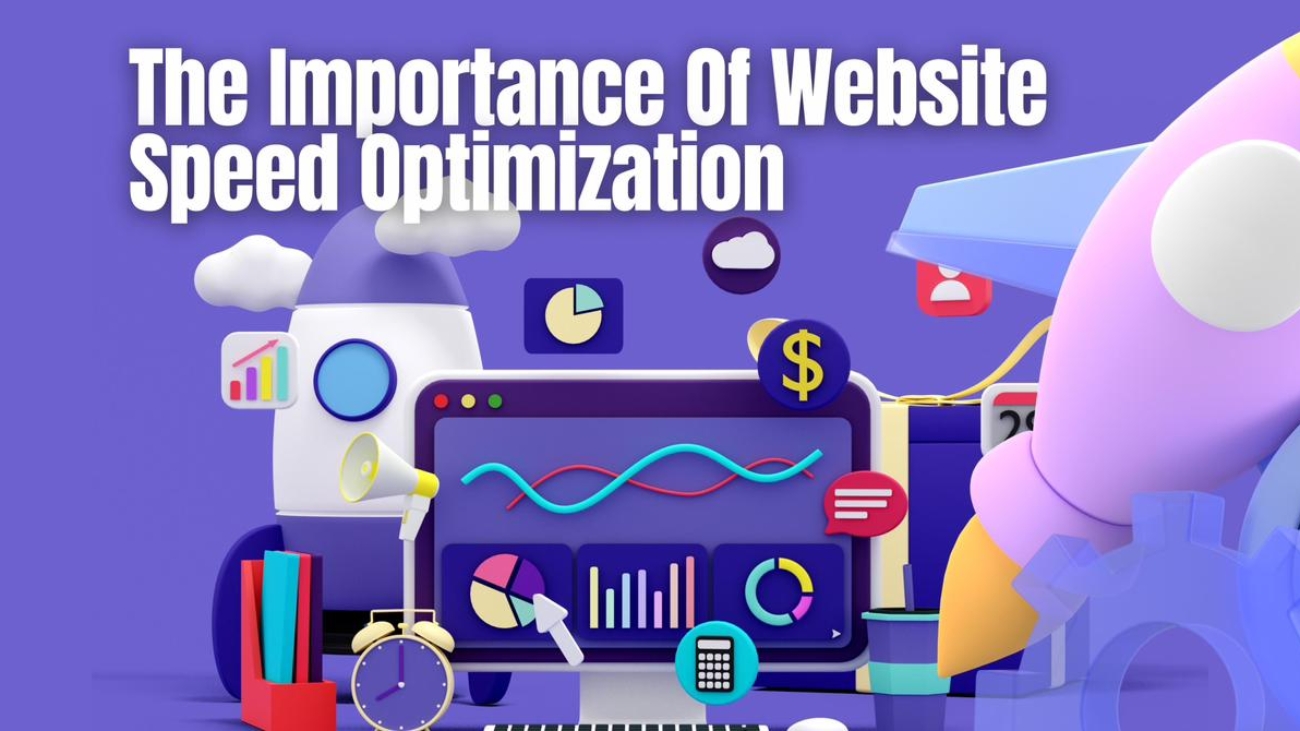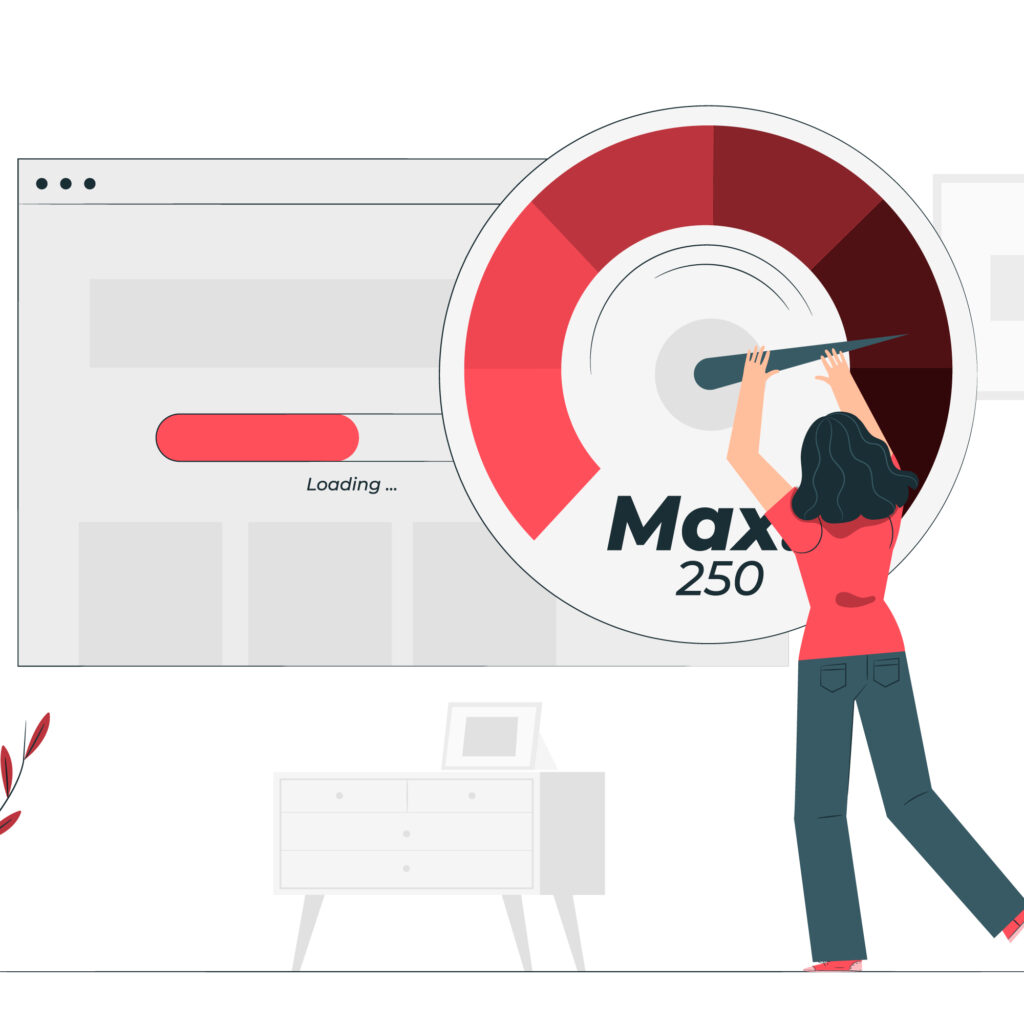Internal links play a crucial role in optimizing web content and improving user experience on your website. They connect different pages within your site, guiding visitors to relevant information and enhancing the overall structure of your website. In this comprehensive guide, we will explore the importance of internal links, provide useful tips and techniques, and offer best practices for adding internal links to web content. Whether you’re a website owner, blogger, or content marketer, understanding how to effectively use internal links can significantly impact your site’s visibility, user engagement, and search engine rankings.

Adding internal links to web content holds significant importance for various reasons. Firstly, it improves user experience by providing easy navigation and guiding visitors to related information. Internal links also help search engines understand the structure of your website and establish the hierarchy of content. They distribute link authority throughout your site, enhancing SEO and increasing the visibility of all pages. Additionally, internal links encourage visitors to explore more of your content, increasing engagement and reducing bounce rates.
Tips for Adding Internal Links

To add internal links to web content, consider the following tips:
Use Descriptive Anchor Text
Anchor text is the visible and clickable part of a link. It should accurately describe the destination page to provide users with a clear idea of what to expect when they click the link.
Link to Relevant and Related Content
Internal links should connect pages that are thematically related. This not only enhances the user experience but also helps search engines establish contextual relationships between your content.
Prioritize User Intent
When adding internal links, consider the user’s intent and provide links that align with their needs. Understand the user’s journey and guide them to the most relevant and valuable content at each stage.
Avoid Overlinking
While internal links are important, excessive linking can be overwhelming and distract users from the main content. Use internal links judiciously and ensure they enhance the reading experience rather than interrupt it.
Update and Maintain Links
Regularly check your internal links to ensure they are functional and lead to the intended destination. Broken or outdated links can harm user experience and negatively impact your site’s SEO.
Techniques for Effective Internal Linking

Implement the following techniques to maximize the effectiveness of your internal links:
Create a Clear Site Structure
Organize your website’s content in a logical and hierarchical structure. This helps search engines understand the relationships between different pages and ensures users can navigate your site easily.
Utilize Navigation Menus
Incorporate internal links in your website’s navigation menus. Include important pages and categories to ensure visitors can access them from any page on your site.
Contextual Linking in Content
Embed internal links within the body of your content where they provide additional value. Link to relevant articles, blog posts, or resources that expand on the topic being discussed.
Related Posts and Recommended Content
Display related posts or recommended content sections at the end of your articles or blog posts. This encourages readers to explore further by clicking on internal links that lead to related content.
Use Breadcrumbs
Breadcrumbs provide a hierarchical navigation trail, indicating the user’s current location on your website. They also serve as internal links, allowing users to navigate back to previous pages or higher-level categories.
Best Practices for Internal Linking
Consider these best practices when implementing internal links:
Conduct Regular Content Audits
Regularly review your content to identify opportunities for internal linking. Look for pages with high traffic or high conversion rates that can benefit from additional internal links.
Diversify Anchor Text
Avoid using the same anchor text for all internal links. Vary your anchor text to include relevant keywords, descriptive phrases, or even natural language to make your links more informative and appealing.
Monitor User Behavior
Use analytics tools to track user behavior on your website. Identify popular pages or sections where users spend more time and strategically add internal links to guide them further.
Balance Internal and External Links
While internal links are essential, don’t neglect external links. Linking to high-quality external sources helps establish credibility and provides additional value to your audience.
Optimize for Mobile Devices
With the increasing use of mobile devices, ensure your internal links are easily clickable and accessible on smaller screens. Test your website’s mobile responsiveness to provide a seamless user experience.
Conclusion
In conclusion, internal links play a crucial role in creating a well-optimized website. By understanding their significance and implementing effective strategies, you can greatly enhance the user experience, boost your SEO efforts, and improve the visibility and success of your web content. Internal links serve as signposts, guiding users to relevant and related information within your website. They establish a logical flow and hierarchy of content, helping search engines better understand and index your website. Moreover, internal links distribute link authority throughout your site, increasing the visibility and ranking potential of all pages.
A well-executed internal linking strategy encourages visitors to explore more of your content, reducing bounce rates and increasing engagement. It helps to create a cohesive and interconnected web of information, allowing users to easily navigate between pages and discover valuable resources. By aligning internal links with the intent of your users, you can provide a seamless and intuitive browsing experience, making it easier for visitors to find the information they seek.
It is important to continually monitor and adapt your internal linking strategy as your website evolves. Regularly review your content, identifying opportunities to add internal links that enhance the user experience and provide additional value. Consider the relevance and context of each link, using descriptive anchor text that accurately represents the linked content. Additionally, keep an eye on broken or outdated links, ensuring they are promptly fixed or removed to maintain a smooth browsing experience.
In summary, internal links are an invaluable tool for optimizing your website and maximizing its potential. By employing effective internal linking strategies, you can create a user-friendly website, improve search engine visibility, increase engagement, and drive organic traffic. Invest time and effort in developing a well-planned internal linking structure, and reap the rewards of an enhanced web presence and improved online success.





